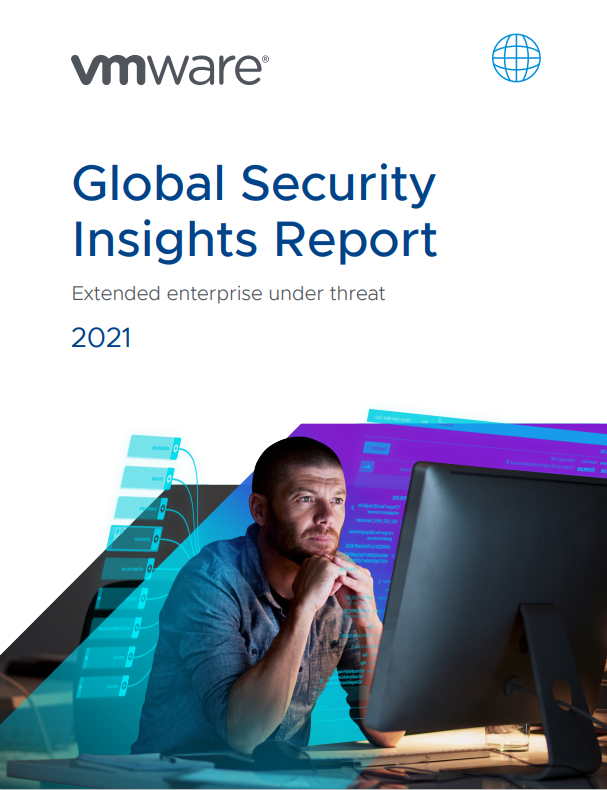Researchers disclose top flaws abused by ransomware gangs
Easy-to-follow list may give organizations time to prepare for ransomware attacks


Security researchers have prepared a list of flaws commonly used by cyber crime gangs in ransomware attacks to infiltrate victim’s networks.
Last weekend, Allan Liska, a member of Recorded Future's CSIRT, tweeted the call to action to fellow security professionals. He asked his followers to send in the vulnerabilities they often see used to gain access to networks.
In the space of day, various contributors listed security flaws found in several products from hardware and software vendors. Pancek3, another researcher on Twitter, created and later tweeted out, a simple diagram of flaws commonly used in ransomware attacks that should enable organizations to prioritize points of their infrastructure that need defending.
Among the flaws used by ransomware attacks are ones found in Pulse SecureVPN, Citrix, Microsoft Exchange, Fortinet, and SonicWall, to name a few.
Liska and others’ efforts over the last few days come after various government and private company initiatives to fend off the growing surge in ransomware attacks.
Last month, CISA, Microsoft, Google Cloud, and AWS, launched a Joint Cyber Defense Collaborative (JCDC), to guard critical infrastructure against ransomware.
RELATED RESOURCE

Earlier this year, CISA published a new module for its Cyber Security Evaluation Tool (CSET) to enable organizations to assess their security posture concerning ransomware attacks.
Sign up today and you will receive a free copy of our Future Focus 2025 report - the leading guidance on AI, cybersecurity and other IT challenges as per 700+ senior executives
Eoin Keary, CEO and founder of Edgescan told IT Pro that what is important to note is a significant number of the vulnerabilities are two to three years old.
“Industrialized cyber crime is not leveraging ‘zero day’ payloads or exploits, but rather focusing on the ‘old reliables.’ This brings me to the conclusion that we have a lot of work to do in terms of both continuous visibility, vulnerability detection and mitigation of discovered vulnerabilities, such as good patching cadence. The days of singular point-in-time penetration tests are over, and organizations need to move towards a more continuous model,” he said
Keary added: "Many ransomware attacks begin with a human-led breach followed by pivoting across the network and exploitation. It is also necessary to discuss ‘internal’ or non-public cyber security postures.”
“Prevention is important, but we also need more focus on resilience. Resilience can mean good vulnerability management, network segmentation, monitoring, and visibility as a start. In addition, simple activities like frequent backups can reduce the impact of a successful ransomware attack.”
Rene Millman is a freelance writer and broadcaster who covers cybersecurity, AI, IoT, and the cloud. He also works as a contributing analyst at GigaOm and has previously worked as an analyst for Gartner covering the infrastructure market. He has made numerous television appearances to give his views and expertise on technology trends and companies that affect and shape our lives. You can follow Rene Millman on Twitter.
-
 Trump's AI executive order could leave US in a 'regulatory vacuum'
Trump's AI executive order could leave US in a 'regulatory vacuum'News Citing a "patchwork of 50 different regulatory regimes" and "ideological bias", President Trump wants rules to be set at a federal level
-
 TPUs: Google's home advantage
TPUs: Google's home advantageITPro Podcast How does TPU v7 stack up against Nvidia's latest chips – and can Google scale AI using only its own supply?
-
 15-year-old revealed as key player in Scattered LAPSUS$ Hunters
15-year-old revealed as key player in Scattered LAPSUS$ HuntersNews 'Rey' says he's trying to leave Scattered LAPSUS$ Hunters and is prepared to cooperate with law enforcement
-
 The Scattered Lapsus$ Hunters group is targeting Zendesk customers – here’s what you need to know
The Scattered Lapsus$ Hunters group is targeting Zendesk customers – here’s what you need to knowNews The group appears to be infecting support and help-desk personnel with remote access trojans and other forms of malware
-
 Impact of Asahi cyber attack laid bare as company confirms 1.5 million customers exposed
Impact of Asahi cyber attack laid bare as company confirms 1.5 million customers exposedNews No ransom has been paid, said president and group CEO Atsushi Katsuki, and the company is restoring its systems
-
 The US, UK, and Australia just imposed sanctions on a Russian cyber crime group – 'we are exposing their dark networks and going after those responsible'
The US, UK, and Australia just imposed sanctions on a Russian cyber crime group – 'we are exposing their dark networks and going after those responsible'News Media Land offers 'bulletproof' hosting services used for ransomware and DDoS attacks around the world
-
 A notorious ransomware group is spreading fake Microsoft Teams ads to snare victims
A notorious ransomware group is spreading fake Microsoft Teams ads to snare victimsNews The Rhysida ransomware group is leveraging Trusted Signing from Microsoft to lend plausibility to its activities
-
 Volkswagen confirms security ‘incident’ amid ransomware breach claims
Volkswagen confirms security ‘incident’ amid ransomware breach claimsNews Volkswagen has confirmed a security "incident" has occurred, but insists no IT systems have been compromised.
-
 The number of ransomware groups rockets as new, smaller players emerge
The number of ransomware groups rockets as new, smaller players emergeNews The good news is that the number of victims remains steady
-
 Teens arrested over nursery chain Kido hack
Teens arrested over nursery chain Kido hacknews The ransom attack caused widespread shock when the hackers published children's personal data
